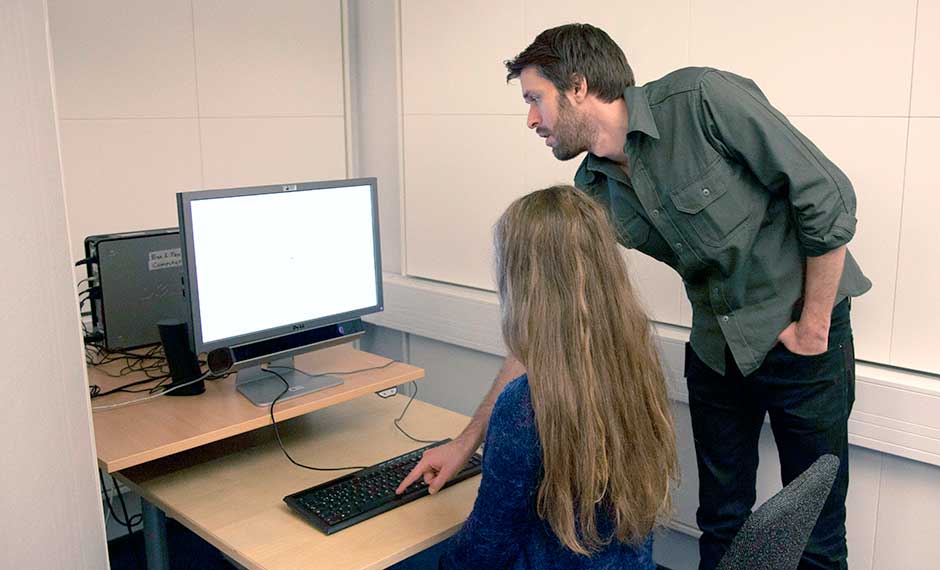Pupils who have a greater understanding of science and the ability to think like a scientist. This is the result when schools themselves get to invite researchers to assist pupils in the classroom, according to a recent evaluation of the Swedish project School Meets Science.

The collaborative model, where schools and researchers interact, has been developed by the Skåne Research Network. It is the result of over 350 activities run since 2000 involving researchers at schools in Skåne, the southernmost county in Sweden. One the most successful activities has been the “house scientist”, who visits a school on multiple occasions throughout the school year and acts as a resource for both pupils and teachers.
“The researchers help us to inject a more scientific approach into our teaching and, as a result, meet the objectives of the curriculum. The activities have become a part of our school profile, which we are proud of,” said Eva Daun, the Headteacher of St. Petri School in Malmö, which is part of the Skåne Research Network along with the upper secondary schools Olympia, Nicolai and Tycho Brahe in Helsingborg as well as Hässleholm Technical School.
The Research Network’s activities have been further developed and evaluated in partnership with the Swedish non-profit association VA (Public & Science). A national survey run as part of the project showed that teachers and head teachers believe that it is important to teach using a scientific approach and to keep abreast of current research. Equally, the vast majority said that this was difficult to achieve.
“There is a high awareness in schools that (according to the Swedish Education Act) teaching should be grounded in scientific principles. However, schools need help making contact with researchers,” said Karin Larsdotter, Project Manager at VA.
The teachers, who Karin interviewed during the project, are dedicated and keen to show their pupils how interesting research actually is as well as to equip them with tools for the future.
“We now have identified hundreds of researchers who are interested in collaborating with schools. The concept of having a ‘house scientist’ is greatly appreciated and we intend to focus even more on them in the future,” said Maria Brännström, who is responsible for planning and implementing the work of the Skåne Research Network.
The project has resulted in a series of recommendations for anyone interested in organising similar types of activities and it is hoped that the ideas will spread to more schools throughout Sweden.
“Skåne Research Network’s work is unique in that it is the schools themselves that take the initiative and collaborate with the researchers on their own terms,” said Karin Larsdotter.
The project has been part-financed by the Marcus and Amalia Wallenberg Memorial Fund.
Further information about the School meets Science project.
